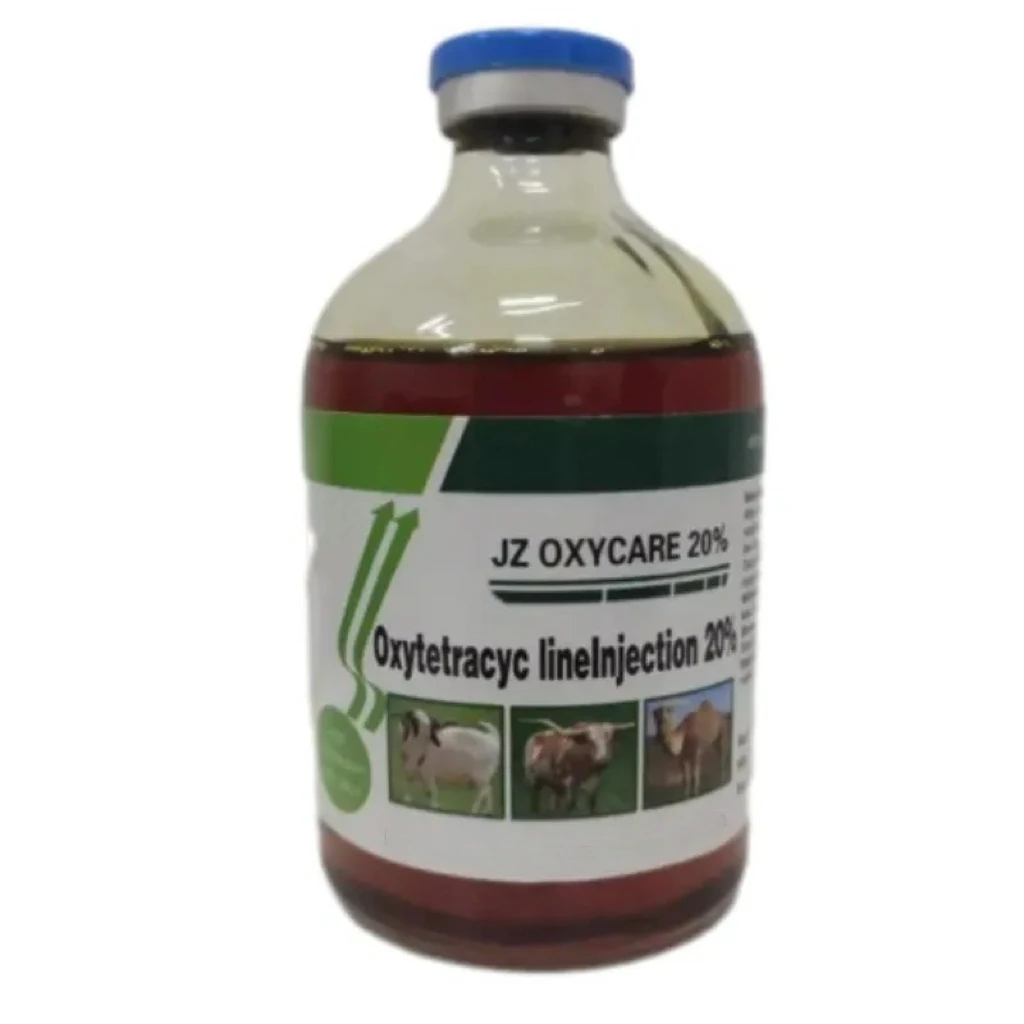- Afrikaans
- Albanian
- Amharic
- Arabic
- Armenian
- Azerbaijani
- Basque
- Belarusian
- Bengali
- Bosnian
- Bulgarian
- Catalan
- Cebuano
- Corsican
- Croatian
- Czech
- Danish
- Dutch
- English
- Esperanto
- Estonian
- Finnish
- French
- Frisian
- Galician
- Georgian
- German
- Greek
- Gujarati
- Haitian Creole
- hausa
- hawaiian
- Hebrew
- Hindi
- Miao
- Hungarian
- Icelandic
- igbo
- Indonesian
- irish
- Italian
- Japanese
- Javanese
- Kannada
- kazakh
- Khmer
- Rwandese
- Korean
- Kurdish
- Kyrgyz
- Lao
- Latin
- Latvian
- Lithuanian
- Luxembourgish
- Macedonian
- Malgashi
- Malay
- Malayalam
- Maltese
- Maori
- Marathi
- Mongolian
- Myanmar
- Nepali
- Norwegian
- Norwegian
- Occitan
- Pashto
- Persian
- Polish
- Portuguese
- Punjabi
- Romanian
- Russian
- Samoan
- Scottish Gaelic
- Serbian
- Sesotho
- Shona
- Sindhi
- Sinhala
- Slovak
- Slovenian
- Somali
- Spanish
- Sundanese
- Swahili
- Swedish
- Tagalog
- Tajik
- Tamil
- Tatar
- Telugu
- Thai
- Turkish
- Turkmen
- Ukrainian
- Urdu
- Uighur
- Uzbek
- Vietnamese
- Welsh
- Bantu
- Yiddish
- Yoruba
- Zulu
Dec . 17, 2024 09:23 Back to list
Dosage Guidelines for 200mg/5ml Albendazole Suspension for Effective Treatment
Albendazole Suspension A Comprehensive Guide to Dosage and Usage
Albendazole is an effective broad-spectrum anthelmintic medication used primarily to treat a range of parasitic worm infections. It is particularly useful in the treatment of infections caused by roundworms, hookworms, pinworms, and whipworms, as well as some tapeworms. Available in various forms, one of the most common is the albendazole suspension, which typically comes in a concentration of 200 mg per 5 ml. This dosage form is particularly advantageous for children and individuals who have difficulty swallowing pills.
Understanding Albendazole Suspension
Albendazole works by inhibiting the metabolism of the parasites. It does this primarily by blocking the formation of microtubules in the parasite's cells, effectively starving the worms of the energy they require to survive. The liquid suspension form allows for easier administration and absorption, making it a preferred choice in pediatric and outpatient settings.
Dosage Guidelines
The typical recommended dosage for albendazole suspension in treating various infections varies depending on the type of infection and the age and weight of the patient
. For adults and children above 2 years of age, the general dosing regimen is as follows1. For Strongyloidiasis (threadworm infection) The recommended dose is 400 mg (10 ml of the suspension) taken once daily for three days. 2. For Neurocysticercosis It is often prescribed as 400 mg (10 ml) twice a day for eight to fourteen days, depending on the physician's discretion and clinical response. 3. For other helminthic infections (such as roundworm or hookworm) A dose of 400 mg (10 ml) single dose is usually sufficient to clear the infection.
albendazole suspension 200mg 5ml dosage

For children under 2 years of age or weighing less than 20 kg, the dosage should be determined by a healthcare provider based on weight and severity of infection, typically around 10 mg/kg.
Administration of Albendazole Suspension
To ensure optimal effectiveness and safety, albendazole suspension should be administered as directed by a healthcare professional. It is crucial to shake the suspension well before use to ensure a uniform distribution of the medication. It can be taken with or without food; however, taking it with fatty food can increase the absorption of the drug, enhancing its effectiveness.
Potential Side Effects
While albendazole is generally well-tolerated, it may cause side effects in some individuals. Common side effects include headaches, dizziness, nausea, and abdominal pain. More serious, but rarer side effects, such as liver enzyme elevation, allergic reactions, or bone marrow suppression, can occur. Patients are advised to report any unusual symptoms to their healthcare provider promptly.
Conclusion
Albendazole suspension is a potent tool in combating parasitic worm infections, particularly in children and those unable to take tablets. The 200 mg per 5 ml formulation provides flexibility in dosing, allowing for adjustments based on patient needs. It is important for patients and caregivers to adhere strictly to the prescribed dosage and instructions provided by healthcare professionals. By doing so, they can effectively utilize this medication to alleviate infections and improve overall health outcomes. Always consult with a healthcare provider for personalized advice and treatment regimens tailored to individual health conditions.
-
Guide to Oxytetracycline Injection
NewsMar.27,2025
-
Guide to Colistin Sulphate
NewsMar.27,2025
-
Gentamicin Sulfate: Uses, Price, And Key Information
NewsMar.27,2025
-
Enrofloxacin Injection: Uses, Price, And Supplier Information
NewsMar.27,2025
-
Dexamethasone Sodium Phosphate Injection: Uses, Price, And Key Information
NewsMar.27,2025
-
Albendazole Tablet: Uses, Dosage, Cost, And Key Information
NewsMar.27,2025













